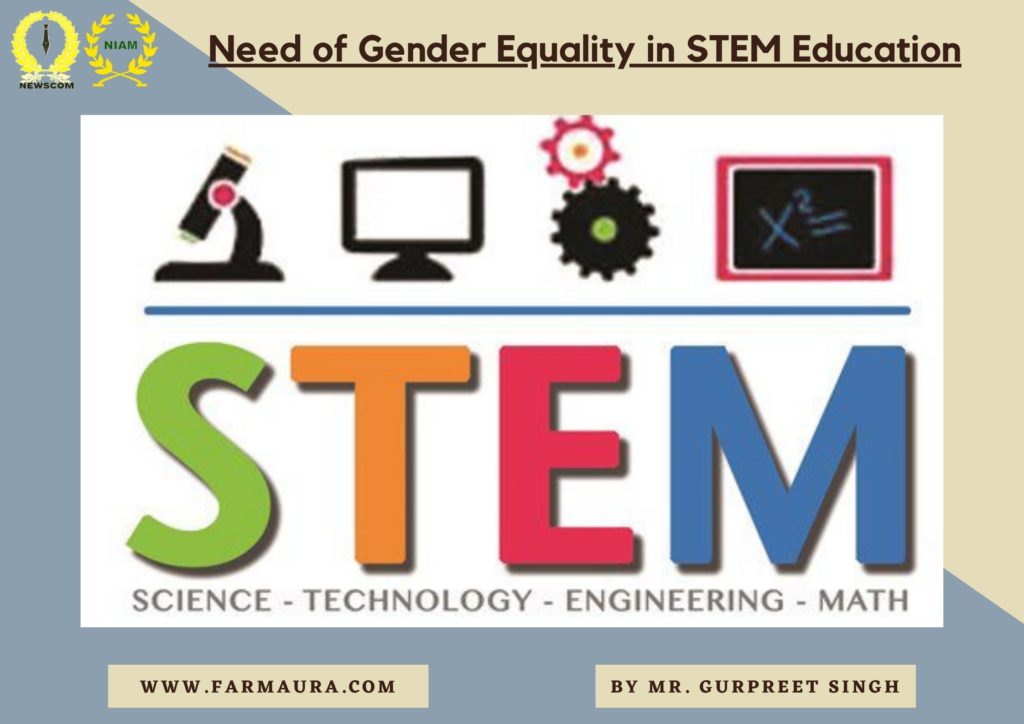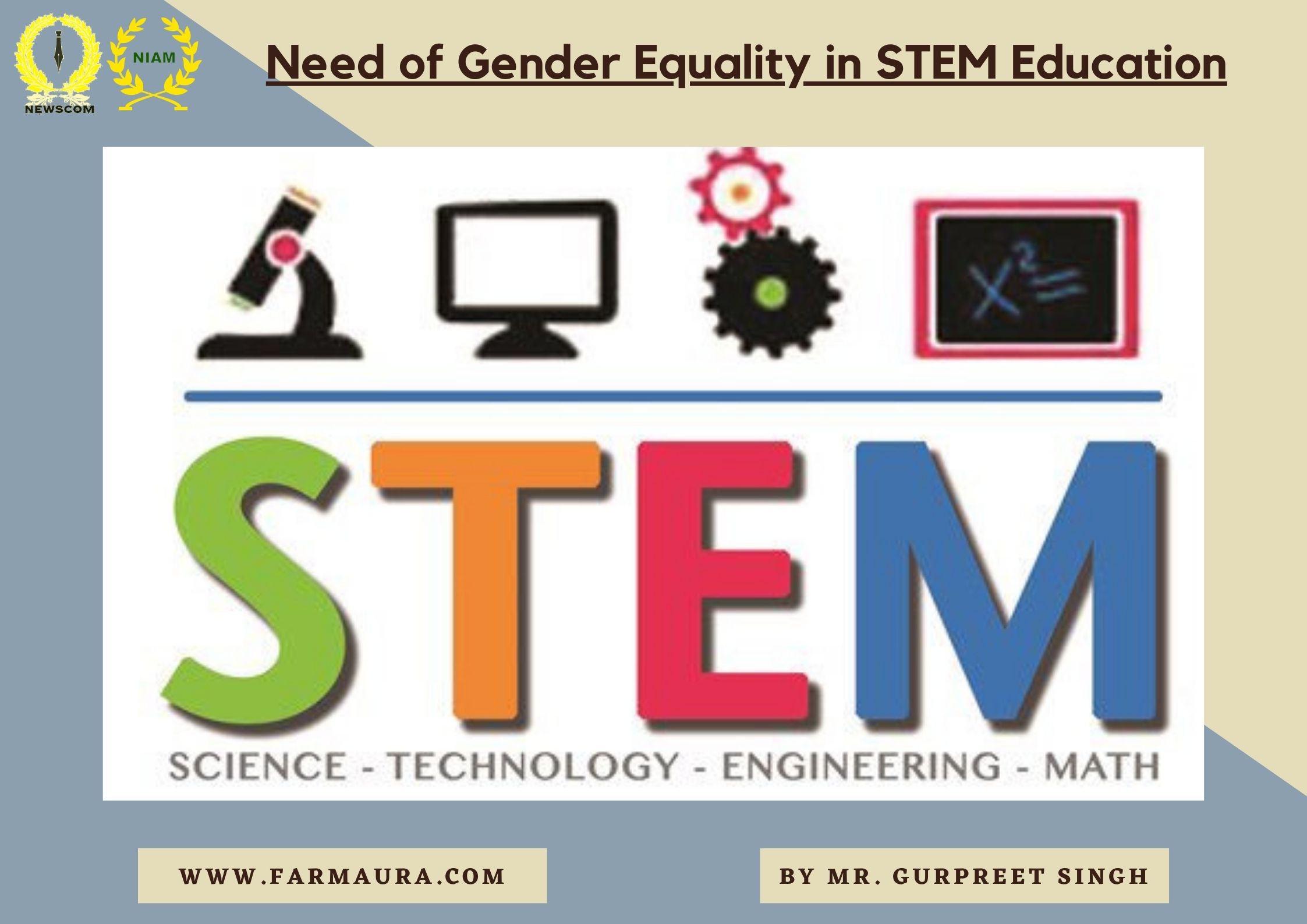
India comes 2nd in ranking in countries with the largest population, having the largest democracy. Women play an integral role in the development of the nation and for many years, an ideal woman is considered first and foremost a mother and a doting wife and she is responsible for representing the family at various functions that are omnipresent in the society and these responsibilities leave them with no time for self-development nor to follow their passion and majority of the women face biases while choosing research career in the field of science and technology.
STEM implies to Science, Technology, Engineering, Medicine is suffering from gender inequality when it comes to women’s participation. We now hear that how girls have outshone boys when it comes to school exams but their preference to opt for research work in the field of STEM is still minuscule. This implies that our national assets are not utilized up to their full potential and other question arises in our mind that why is it that much important ?
According to United Nations, Out of 2,80,000 scientists, engineers, technologists in research development institutions in India only 14% are women and ironically, most of the female graduates in the field of STEM belong to India.
Reasons that we needed more women participation in STEM-
1) Surfeit Jobs availability – Women STEM professionals can make a mark for themselves in India’s flourishing IT sector which is growing at 7.7% y-o-y and is expected to contribute 10% to India’s GDP by 2025 moreover it consists of not only demanded jobs in the near future but some of the highest-paid too.
2) More women participation will boost the economy – Encouraging women participation in the STEM field will results, in the addition of $12 trillion in the global GDP by 2025
3) Increase in innovation – Gender equality in the STEM field will lead to diverse viewpoints and perspectives related to particular problems and inclusion of both gender while catering scientific research will lead to more accuracy and better results.
Challenges –
- “Double- burden syndrome” – An environment where a couple feels that following family and household duties should be the topmost priority over her career.
- Patriarchal society
- Discrimination at workplace
- The high gender pay gap for the same responsibility
- Conservative societal norms
Initiatives-
- “Vigyan Jyoti Scheme” – Inspiring girl students from 9-12th class by arranging meetings with women scientists of IIT’s, NIT’s, etc and mission to provide exposure to 100 rural girl students from 550 districts which will enlighten them about the growth and opportunities in this field
- Gender Advancement for Transforming Institutions – It will provide a framework to assess gender parity in STEM
- Qualcomm akriti – Provides a platform for underprivileged girls that will ensure a better quality of education in the field of STEM
- Rajiv Gandhi National Crèche Scheme – Providing working women with day-care facilities
Way Forward –
We need to overcome various challenges faced by women and build a sustainable environment for women opting for a career in the STEM field and taking a leap forward in achieving SDG 5 “Achieve gender equality and empower all women and girls” by 2030.
Ending with Mahatma Gandhi’s quote – “If you educate a man you educate an individual, but if you educate a woman you educate an entire family”




